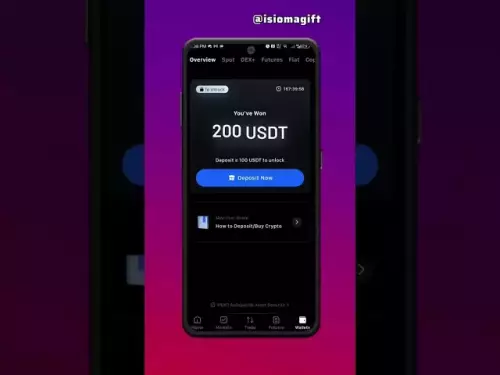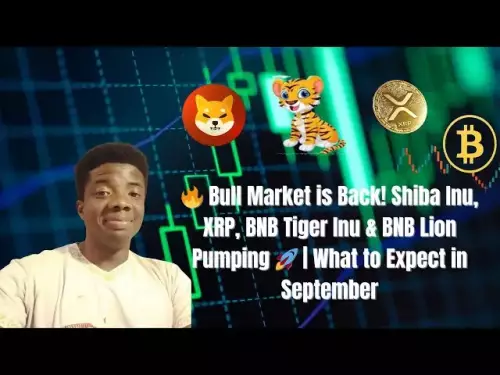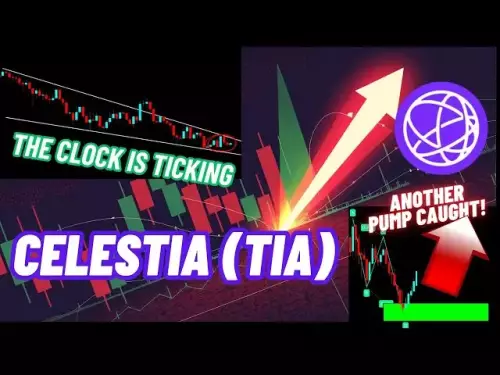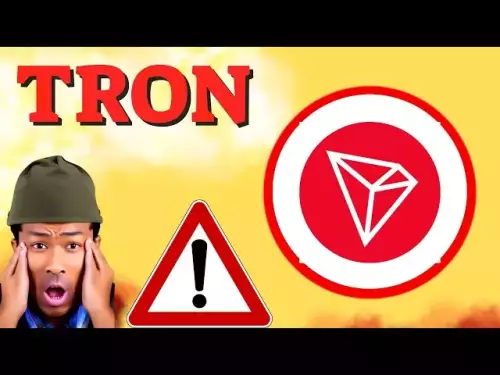Ripple unveils an interactive demo of its payments platform, highlighting XRP's role in revolutionizing cross-border transactions and challenging traditional systems.

Ripple is stepping up its game in the global payments arena, and they're inviting everyone to take a peek under the hood. With the launch of their interactive demo showcasing the Ripple payments platform, they're not just talking the talk; they're letting you experience the walk. The demo puts Ripple USD (RLUSD) front and center, highlighting how it, along with XRP, can potentially transform how money moves around the world.
A Hands-On Look at the Future of Payments
Forget those clunky, slow, and fee-heavy traditional systems. Ripple's demo is all about speed, transparency, and efficiency. It allows users to experience live transactions, currency conversions, and settlement tools firsthand. The interactive platform underscores XRP's role as a liquidity bridge, enabling instant conversions between fiat and digital currencies. This means potentially waving goodbye to those exorbitant fees and agonizing delays we've all come to associate with international money transfers.
Why This Matters
This isn't just a flashy marketing stunt. Ripple is serious about carving out a bigger space in the enterprise payments world. By allowing institutions, corporations, and even individuals to directly explore the system, they're signaling their readiness to scale. It's about instilling confidence in financial institutions, remittance services, and multinational corporations who rely on efficient settlement networks. Think of it as Ripple saying, "Hey, come see for yourself how this can work for you."
XRP: The Neutral Bridge in a Sea of Stablecoins
In a world increasingly populated by stablecoins, Ripple is positioning XRP as the neutral glue that holds it all together. As David Schwartz, Ripple's CTO, pointed out, XRP ensures seamless conversions between various fiat-backed stablecoins operating globally. This strategic use of XRP aims to boost institutional liquidity and market activity, especially with recent regulatory clarity providing a more stable foundation.
Competition Heats Up
Of course, Ripple isn't the only player vying for a piece of the blockchain payments pie. Giants like Circle, Stripe, and even Google are throwing their hats into the ring. Circle is working on Arc, Stripe on Tempo, and Google on the Google Cloud Universal Ledger (GCUL). These platforms are all aiming to streamline payments and offer alternatives to traditional systems. GCUL, in particular, could pose a significant challenge by offering a single API for multi-asset settlement, potentially reducing the demand for XRP as a bridge currency.
Ripple's Bet on Transparency
Despite the intensifying competition, Ripple is betting that its open demonstration will provide the transparency needed to win trust. By showcasing how RLUSD and XRP can transform cross-border payments, they're hoping to convince the world that they're not just another blockchain company, but a real solution to a real problem.
The Ripple Effect
Ripple's demo, along with the introduction of RLUSD, shows that they’re trying to blend traditional finance, corporate payments, and DeFi into a single structure. The company is emphasizing XRP’s role at a time when blockchain payments are entering a new competitive phase driven by some of the largest tech and finance names in the industry.
Final Thoughts
So, what does all this mean? Well, Ripple is clearly not content to sit on the sidelines. They're actively pushing XRP and RLUSD as key players in the future of global payments. Whether they can fend off the competition from tech behemoths and solidify their position remains to be seen. But one thing's for sure: they're making a compelling case, and they're inviting you to be a part of it. Who knows, maybe you'll be sending money across borders with XRP before you know it!














































































